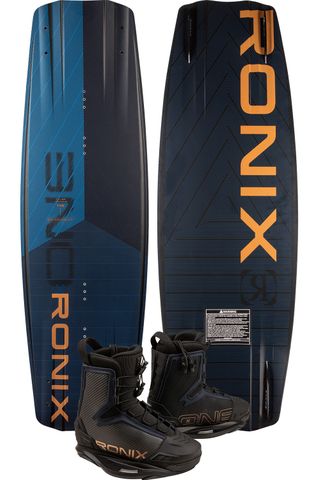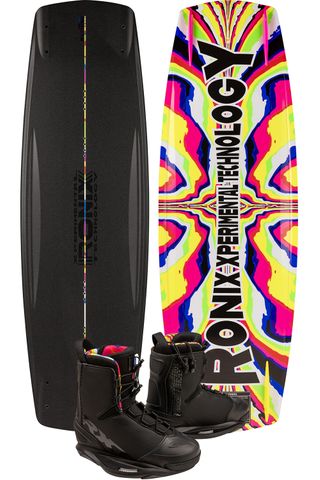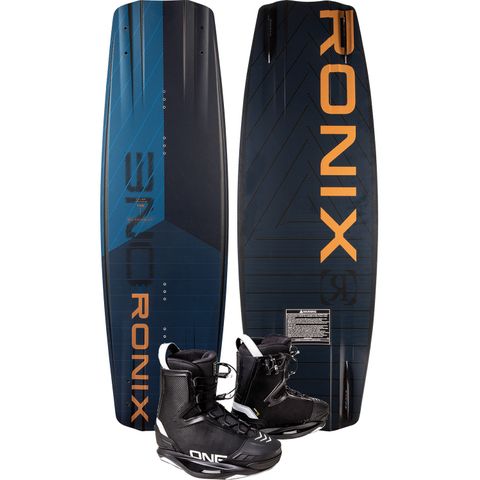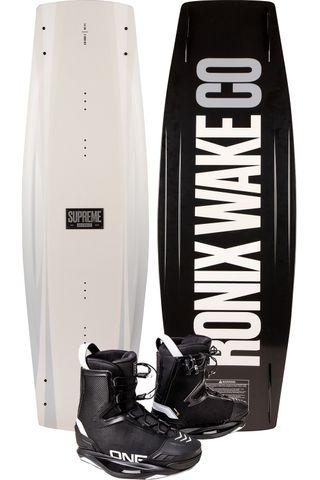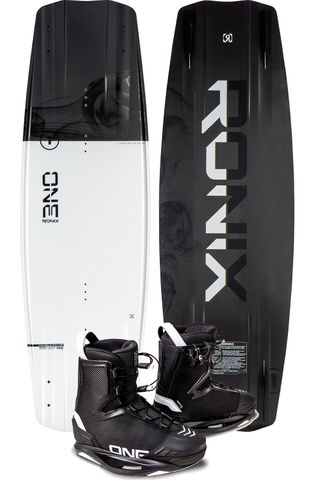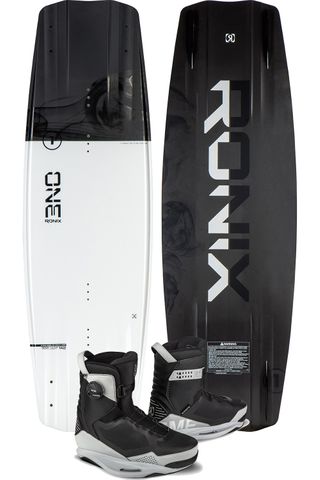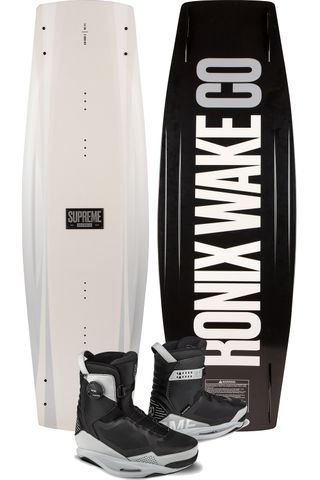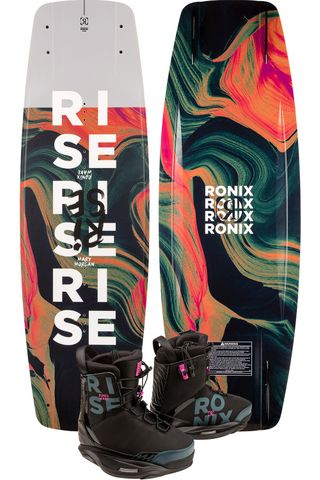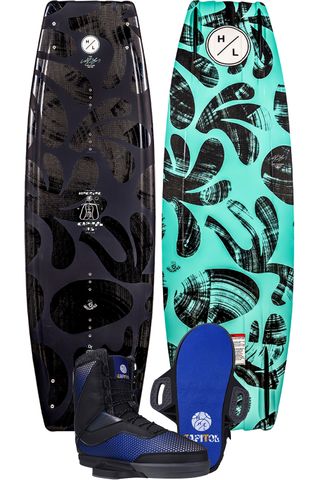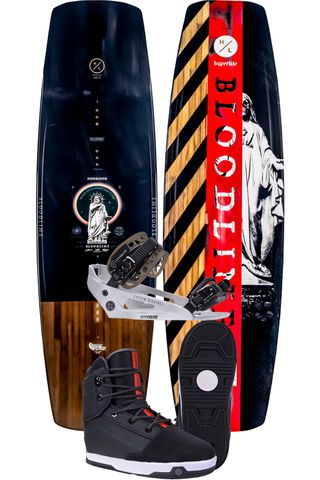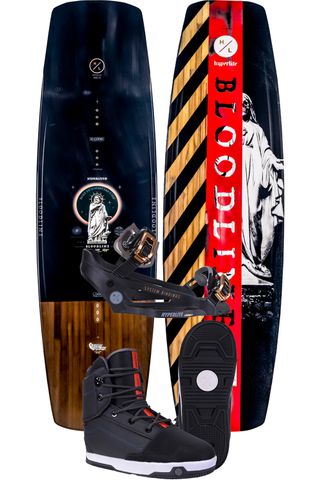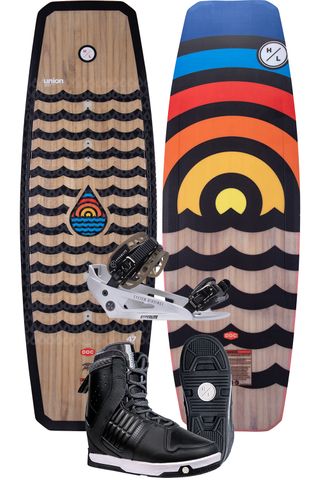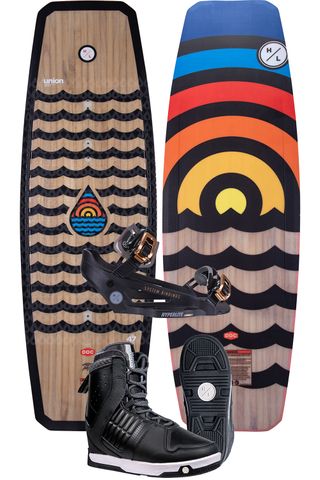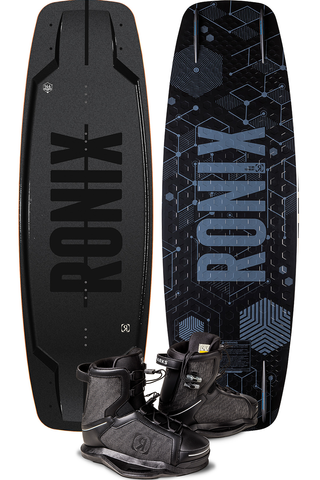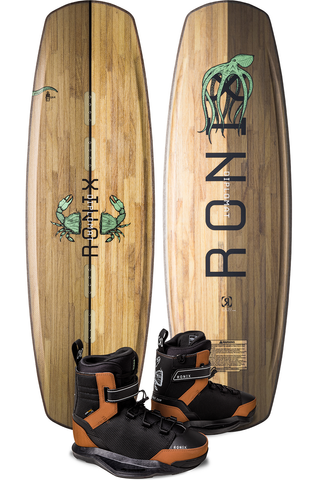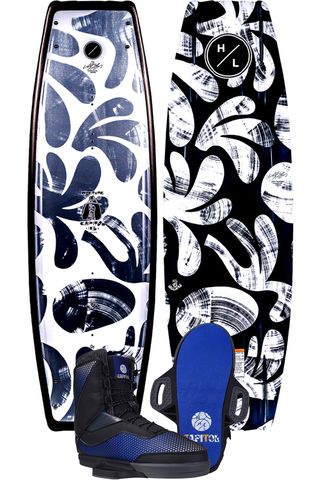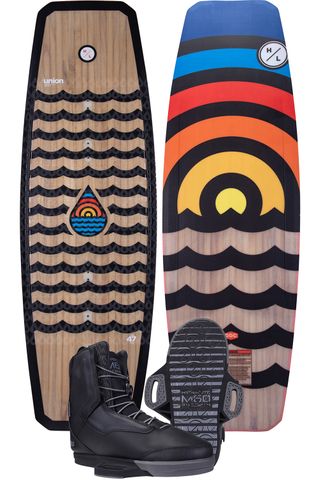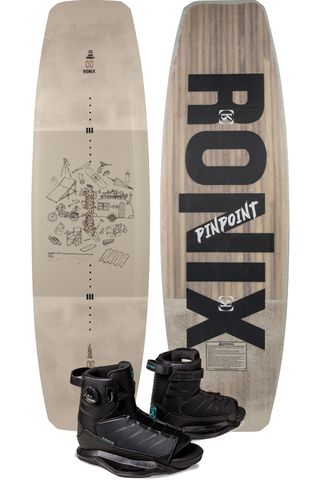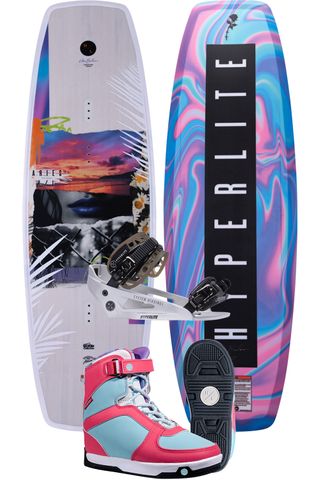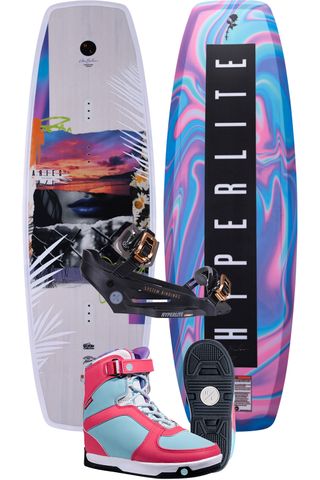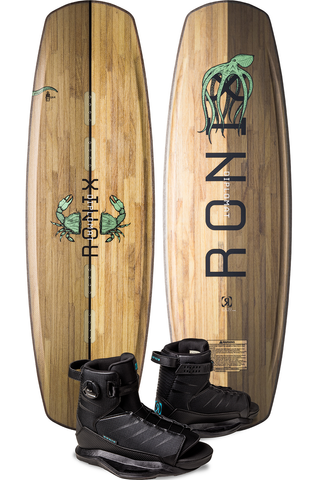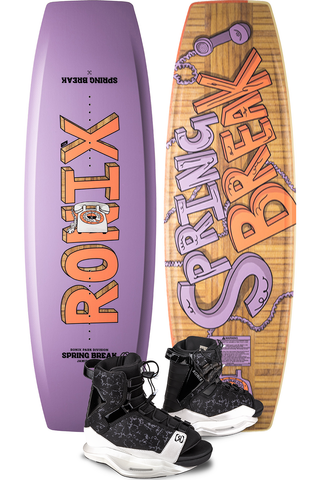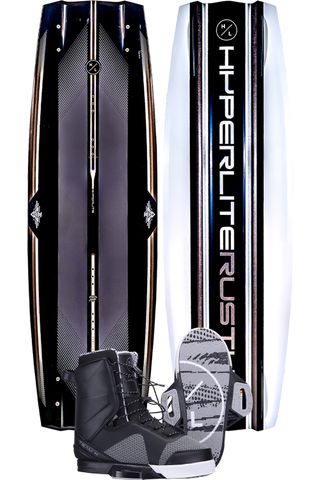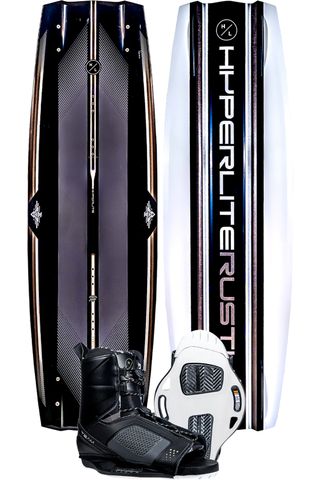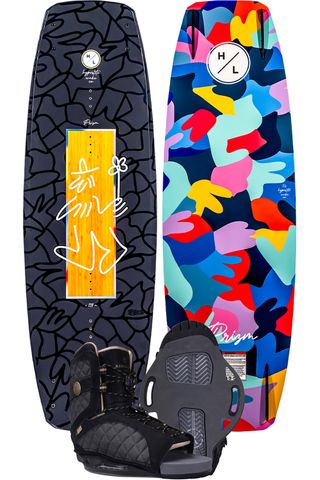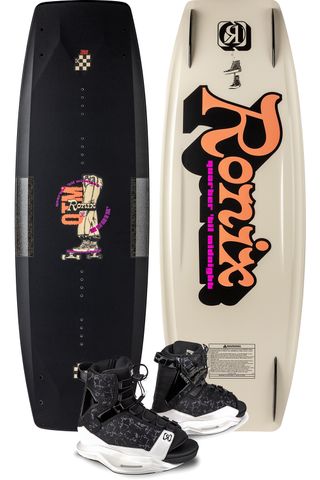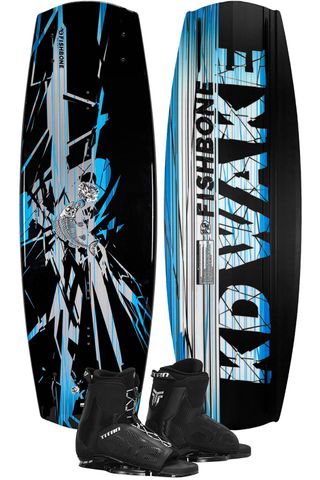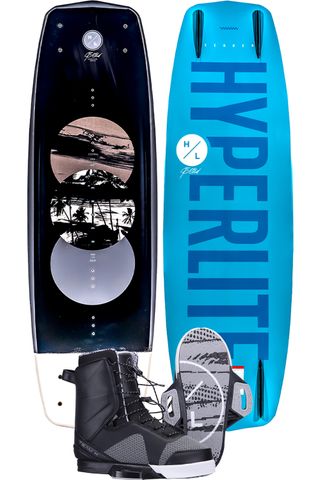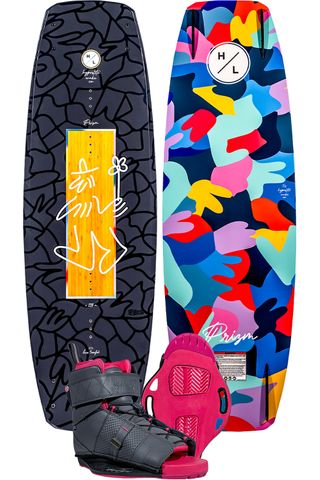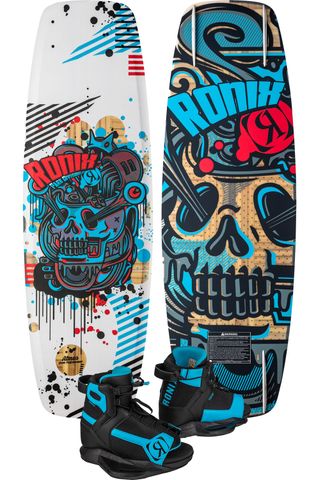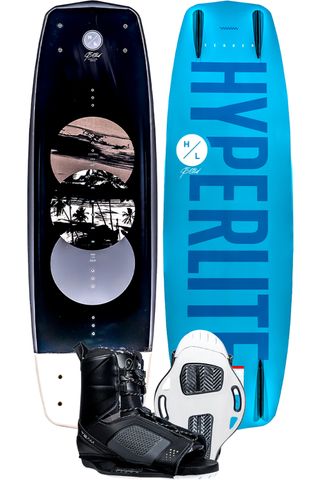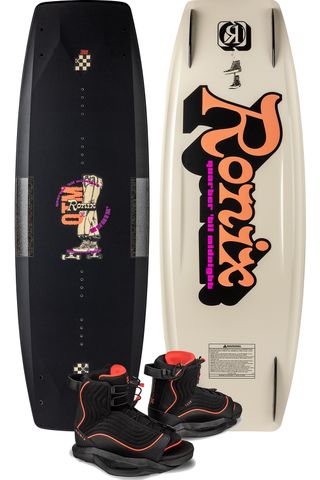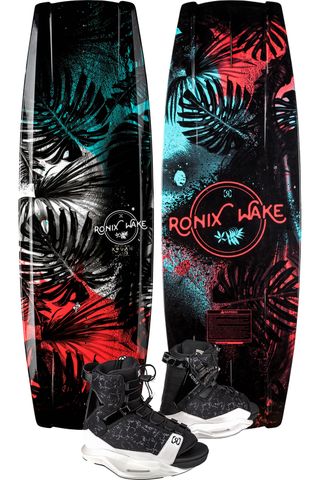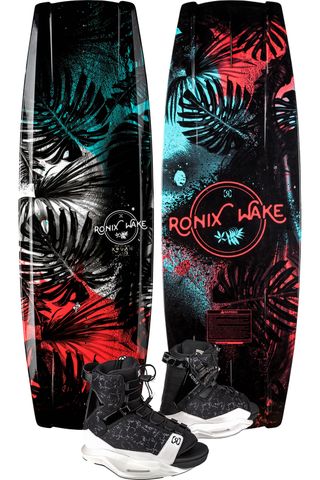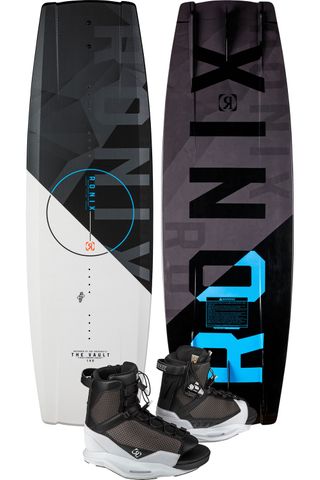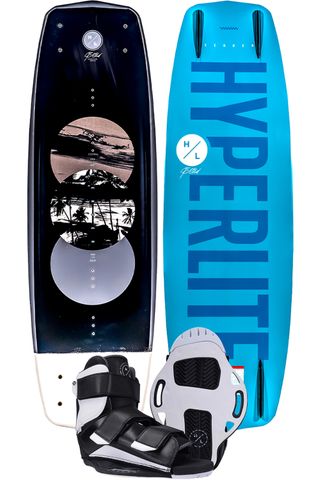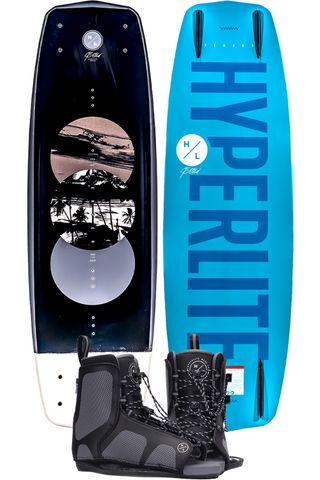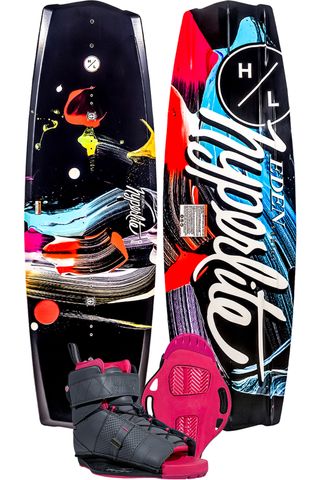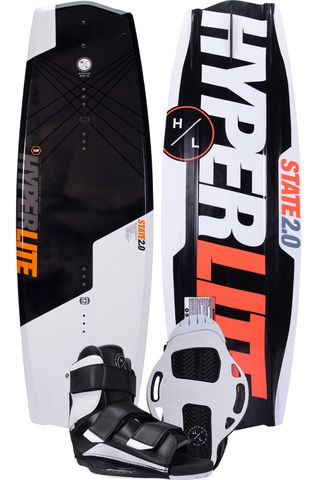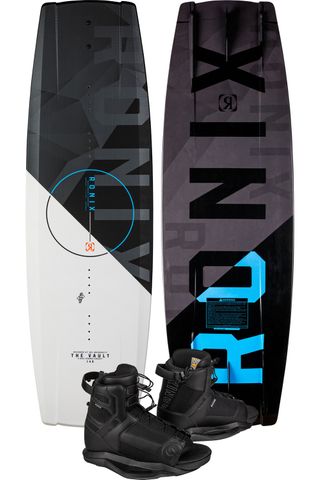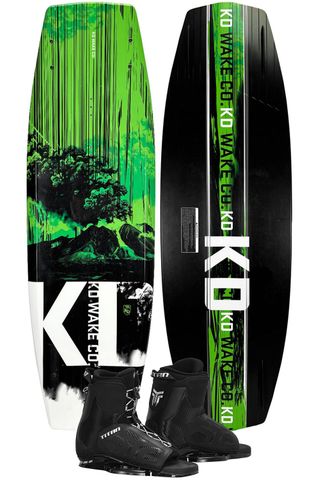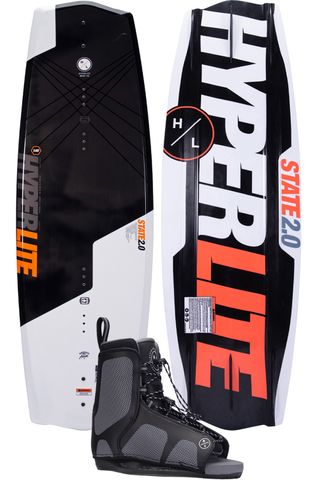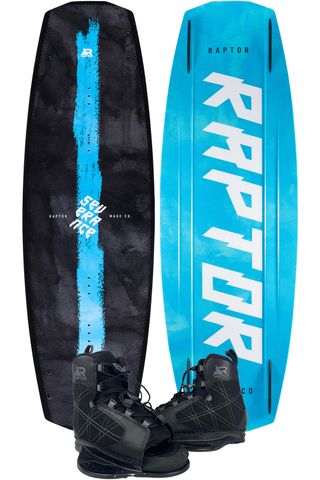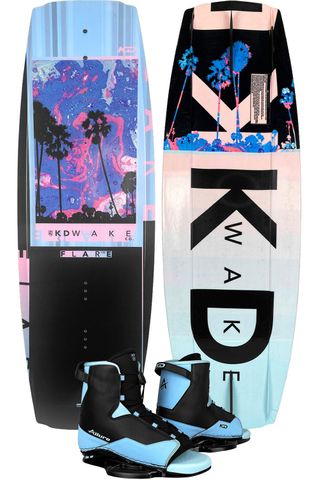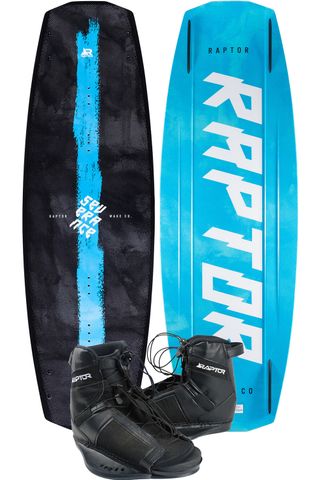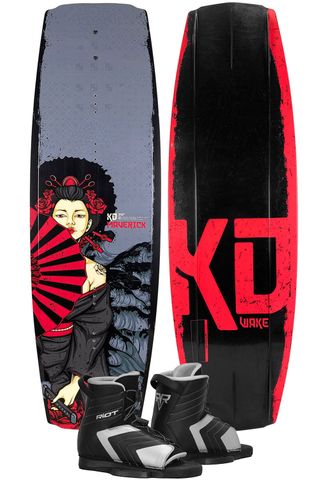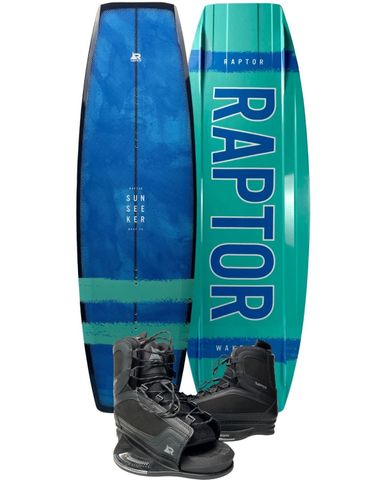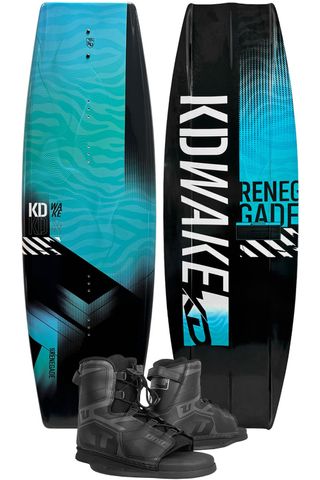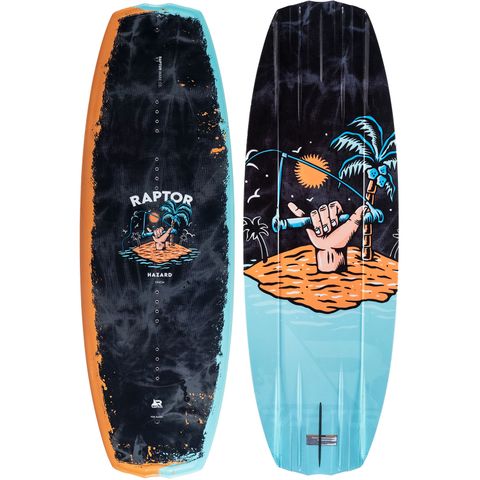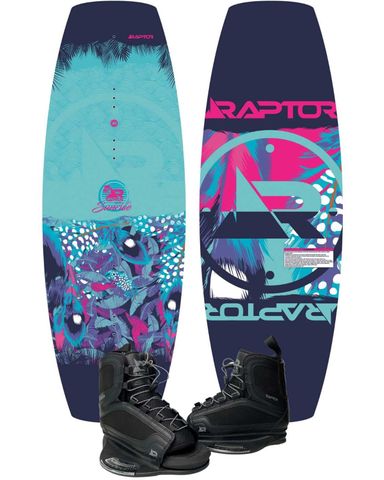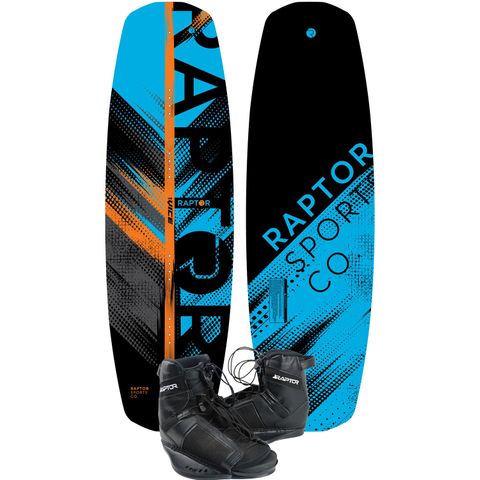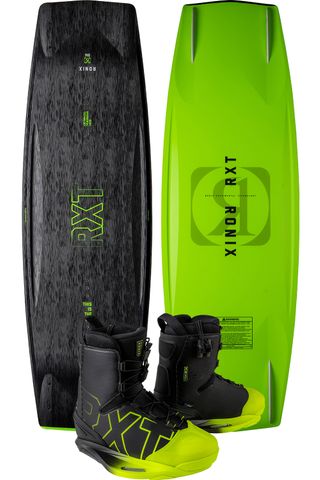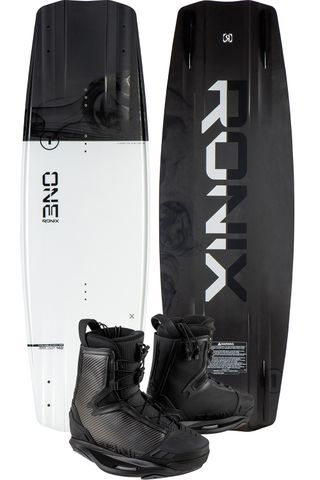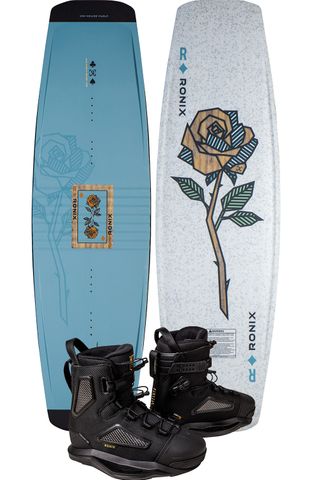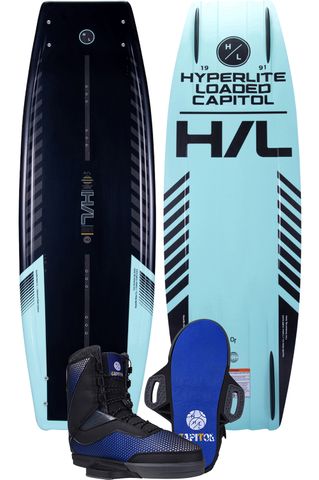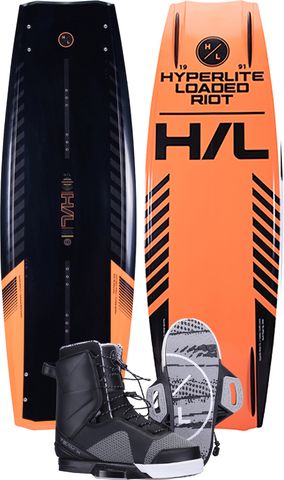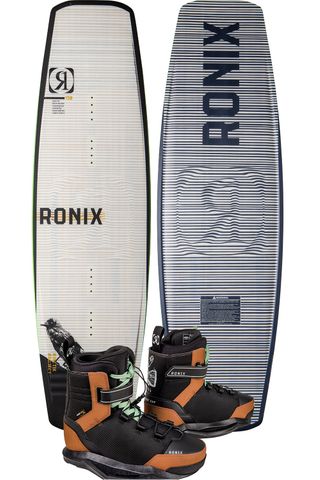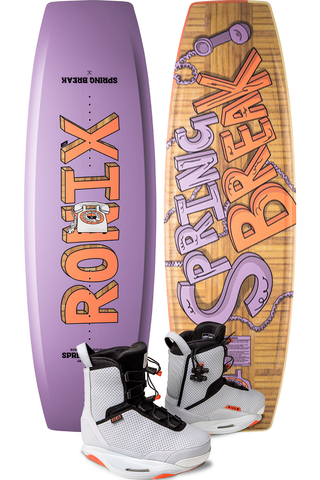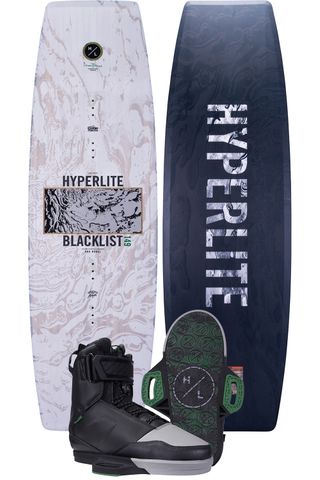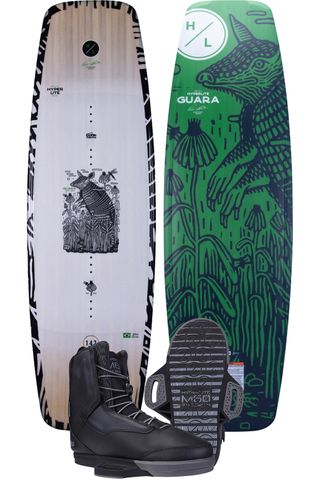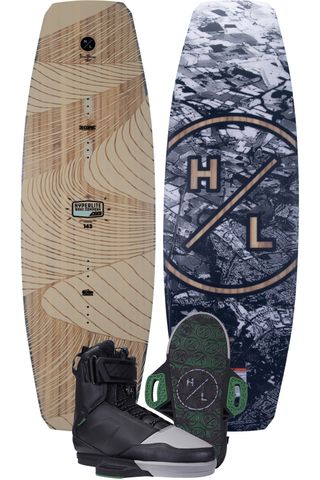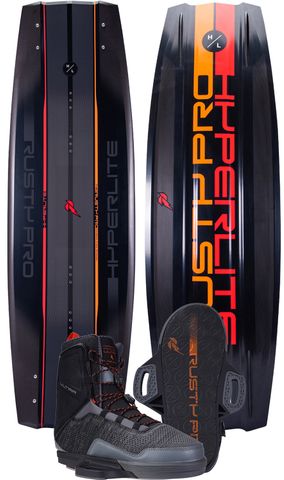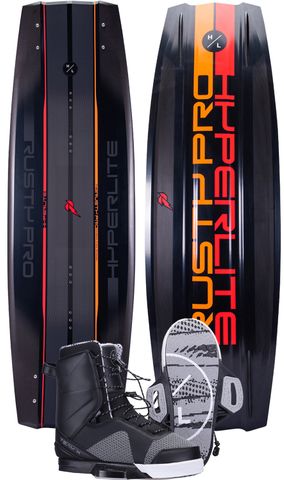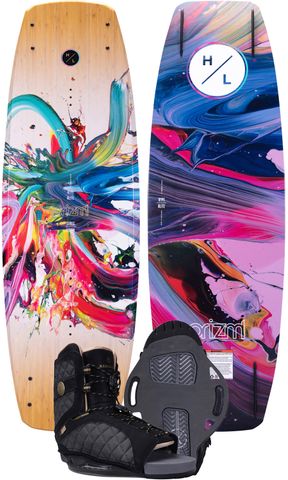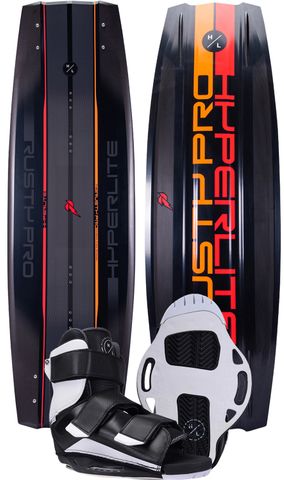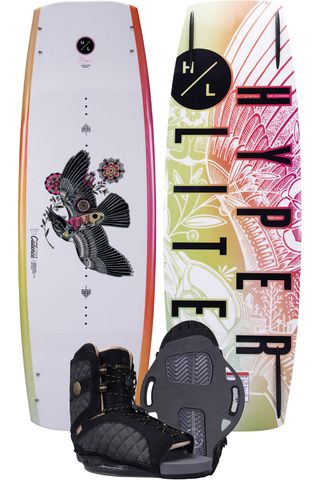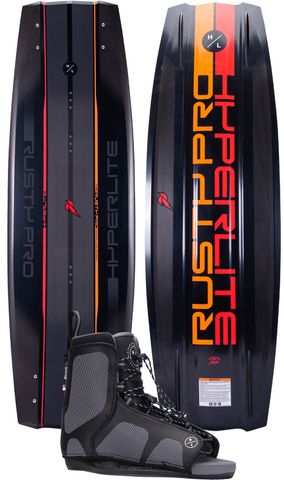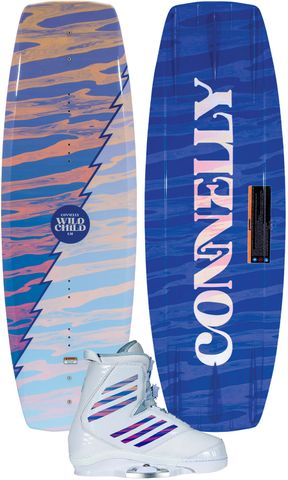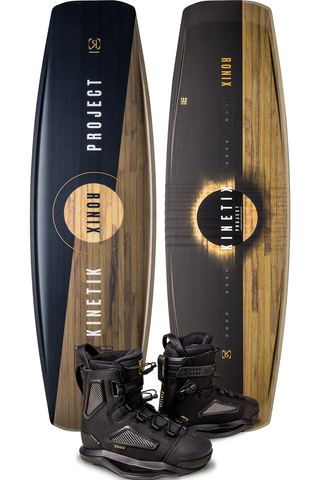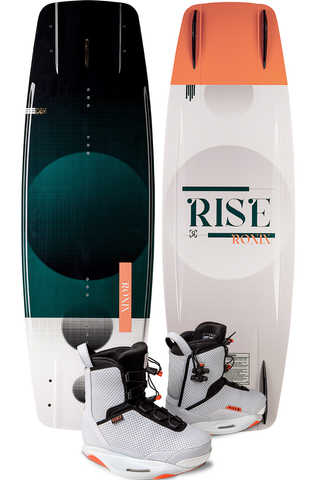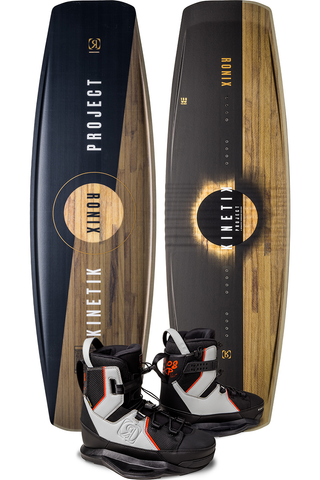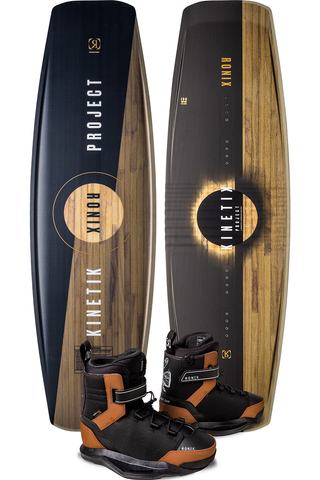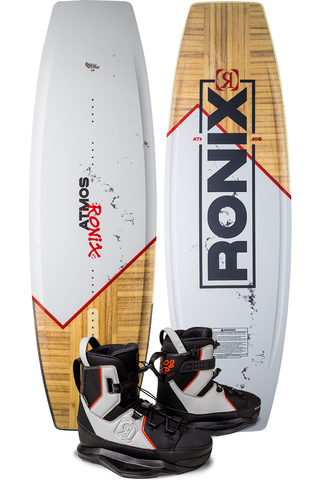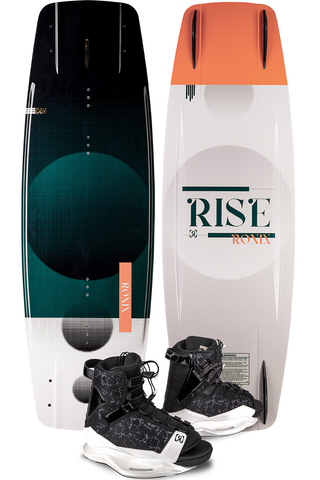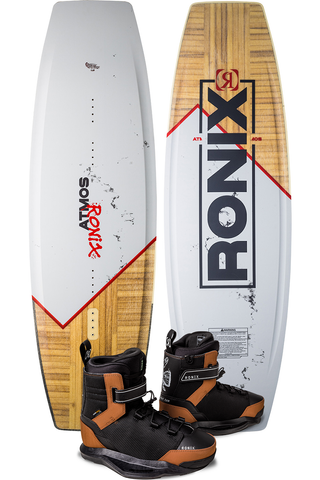Wakeboard Packages
Choosing your first wakeboard or upgrading an old board shouldn’t be a daunting task! All wakeboards are designed to suit a specific riding style or ability. In this article we’ll walk you through the important features, shapes, constructions and what makes wakeboards different from one another. We begin by categorising a wakeboard into one of three ability levels: Beginner, intermediate or advanced.
ABILITY LEVELS:
- BEGINNER: A beginner’s wakeboard, as the name implies, is suited to riders new to the sport. Beginner wakeboards will be forgiving, stable and generally easy to ride ultimately assisting rider progression. Beginner wakeboards feature strong channel features and deep, centre-mounted fins [1.75”] which assist straight-line stability. Wakeboarding is one of the only board sports in the world where your shoulders and hips are not always parallel. Your body is crossed up riding toe-side and more inline riding heel-side. Beginner boards take this into consideration with popular models featuring an asymmetrical shape aiding control when on the toe-side.
- INTERMEDIATE: Intermediate wakeboards build on this but dial down certain features to appeal to a wide range of riding styles. Most intermediate wakeboards forego centre fins and adopt dual, outside-mounted fins [0.75” - 1.0”] which assists confident riders allowing them to produce greater edge-hold. Intermediate wakeboards come in a range of shapes and rocker profiles but are mostly universal in their riding style.
- ADVANCED: Advanced wakeboards are designed for riders expanding their trick-bag with flips and spins. Unlike intermediate wakeboards, advanced boards feature specific constructions, shapes, and rocker profiles each tailored to unique riding styles. Riders can choose between a board that has an aggressive riding style with strong edge hold and explosive take-offs, a board that is more relaxed, smooth, and ‘surfy’ or anything between.
PROFILES:
- CONTINIOUS ROCKER: Down to the nitty gritty! The profile of a wakeboard drastically changes its personality and riding style. The profile of a wakeboard is defined as the boards shape when viewed on its side from tip to tail. A ‘continuous’ rocker wakeboard features a smooth, consistent arc with no flat spot interruptions. Continuous rocker wakeboards carry more top-water speed, feature smooth, consistent take-offs and softer landings. While a continuous rocker board may not have as much ‘pop’ as its 3-stage rival, it is more likely to carry you further out into the flats. Continuous rocker boards are easier on the body but also a popular option behind large boat wakes where a lack of pop is not a concern.
- 3-STAGE ROCKER: Continuous rockers arch nemesis, ‘3-Stage’ rockers feature a flat spot between the bindings. This flat spot interrupts the flow of water but instead creates a solid platform for the wakeboard to ‘pop’ off when releasing from the top of a wake. 3-stage wakeboards often feel ‘loser’ on the water and may not carry as much top-water speed as continuous boards, however they are more likely to give more punch and go higher off a wake.
CONSTRUCTIONS:
- Wakeboard constructions have changed significantly over the years with the introduction of high-end performance foam and carbon fibre laminates. All beginner wakeboards feature a traditional PU (polyurethane) foam core and standard fibreglass laminates holding it all together! This construction is tough, durable, forgiving and relatively inexpensive.
- In the early 2000’s high performance foams such as polyvinyl chloride [PVC] were introduced into advanced wakeboards. PVC foam cores are more responsive and lightweight resulting in a wakeboard that feels more ‘explosive’. More recently, various other technologies such as carbon fibre laminates or stringers have been added further improving strength and performance.
SIZE GUIDE:
Choosing the correct size of wakeboard depends on your weight and the style of board however wakeboarder preferences can be considered with most wakeboards are available 3 or 4 size increments. Large boards provide more surface area and buoyancy however become slightly heavier and bulkier underfoot. If you are purchasing a wakeboard to be shared amongst a group, it is important that the largest rider’s weight be accounted for. Personal preference may be considered when choose a wakeboard size; It is likely that a rider may choose to size-up as a larger board with more surface area will aid deep water starts, increase stability, and reduce drag.
- 120 cm (Up to 40 kg)
- 125 cm (40 - 50 kg)
- 130 cm (50 - 60 kg)
- 135 cm (60 - 70 kg)
- 140 cm (70 - 85 kg)
- 145 cm (85 - 100 kg)
- 150+ cm (90+ kg)
WAKEBOARD BOOTS:
Behind a well-fitting life vest, wakeboard boots are the most important item in your wakeboard quiver providing a direct line of communication between you and your board. A good pair of boots should complement your wakeboard regardless of whether you’re riding behind a boat or doing laps at your local cable.
STYLES:
- OPEN-TOE: The most popular style of boot designed to accommodate a wider range of foot shapes and sizes. Open toe boots are best for young riders with growing feet, or adults that plan to share their setup amongst friends and family. Most open toe boots feature a soft, forgiving flex and several lace options including traditional laces, gummy straps, and BOA. While mostly aimed at beginner or intermediate riders, open toe boots are available with varying features offering unique fits and different levels of performance.
- CLOSED-TOE: The style of boot that offers the most comfort and performance. Closed toe boots feature a size-specific fit like your typical Nike trainer and are therefore best not shared amongst friends. This specific fit results in a boot that is designed for your foot and your foot only, providing excellent levels of comfort and control. Suited across beginner, intermediate and advanced rides, closed toe boots are available with several lace options including traditional laces, gummy straps and BOA depending on rider preference.
FLEX:
A wakeboard boots job is to communicate your body’s movements to the board. A stiff boot will result in more support and a stronger, more sensitive connection to your board. A soft boot may not have as much support but will offer more freedom and mobility.
CABLE BOOTS/WALKABLE LINERS:
Cable boots should fit, feel and ride identical to a standard closed toe boot with the one major advantage of featuring removable, “walkable” liners. Removable liners are designed to have quick and easy entry/exit and often feature a durable sole designed to walk across rough terrain at your local cable park.





